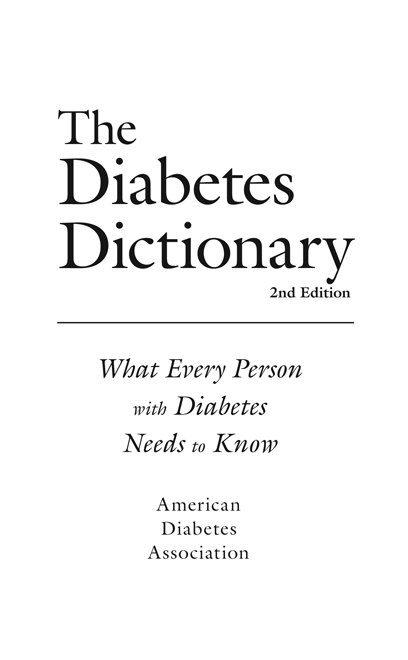
Writer/Managing Editor, Greg Guthrie; Director, Book Publishing, Abe Ogden; Acquisitions Editor, Victor Van Beuren; Production Manager, Composition, and Cover Design, Melissa Sprott; Printer, United Graphics.
The second edition of Diabetes Dictionary would not have been possible without the research and writing of Jessica Engel. Sue Kirkman, MD, provided invaluable assistance in the revision and review of this edition. Jane Chiang, MD, conducted the internal review to ensure that the content meets American Diabetes Association guidelines.
2015 by the American Diabetes Association, Inc. All Rights Reserved. No part of this publication may be reproduced or transmitted in any form or by any means, electronic or mechanical, including duplication, recording, or any information storage and retrieval system, without the prior written permission of the American Diabetes Association.
Printed in the United States of America
1 3 5 7 9 10 8 6 4 2
The suggestions and information contained in this publication are generally consistent with the Standards of Medical Care in Diabetes and other policies of the American Diabetes Association, but they do not represent the policy or position of the Association or any of its boards or committees. Reasonable steps have been taken to ensure the accuracy of the information presented. However, the American Diabetes Association cannot ensure the safety or efficacy of any product or service described in this publication. Individuals are advised to consult a physician or other appropriate health care professional before undertaking any diet or exercise program or taking any medication referred to in this publication. Professionals must use and apply their own professional judgment, experience, and training and should not rely solely on the information contained in this publication before prescribing any diet, exercise, or medication. The American Diabetes Associationits officers, directors, employees, volunteers, and membersassumes no responsibility or liability for personal or other injury, loss, or damage that may result from the suggestions or information in this publication.
 The paper in this publication meets the requirements of the ANSI Standard Z39.48-1992 (permanence of paper).
The paper in this publication meets the requirements of the ANSI Standard Z39.48-1992 (permanence of paper).
American Diabetes Association titles may be purchased for business or promotional use or for special sales. To purchase more than 50 copies of this book at a discount, or for custom editions of this book with your logo, contact the American Diabetes Association at the address below or at booksales@diabetes.org.
American Diabetes Association
1701 North Beauregard Street
Alexandria, Virginia 22311
DOI: 10.2337/9781580406062
Library of Congress Cataloging-in-Publication Data
The diabetes dictionary / American Diabetes Association. -- 2nd edition.
pages cm
Summary: This book will help the reader with terms related to diabetes-- Provided by publisher.
Includes bibliographical references and index.
ISBN 978-1-58040-606-2 (paperback)
1. Diabetes--Dictionaries. I. American Diabetes Association.
RC660.D445 2015
616.462003--dc23
2015002634
eISBN: 978-1-58040-627-7
CONTENTS
Dealing with the day-to-day worries and burdens of diabetes is often enough to overwhelm the hardiest of souls. Its tough enough conquering the initial feelings that arise with a diagnosis of diabetes and listening to those subtle symptoms and signs that your body is telling you. How do I take care of myself? Is my blood sugar low? Is it high? Thats a lot to take on. On top of all of that, it often seems like the people who are experts in diabetes and who care for people with diabetes know and speak a totally different language.
In a lot of ways, thinking about diabetes will at first seem like visiting a foreign country. Everyone speaks a different language and operates under an unfamiliar set of rules. Yet, when you get a grip on the native language and the customs, you begin to understand why people do the things they do. It suddenly begins to make sense.
Thats why we wrote this book. We want you to understand the native language that surrounds the world of diabetes.
When you read a newspaper story, find a story in a magazine, watch a report on the evening news, or come across an article on the Internet on diabetes, youre likely to see and hear a lot of words, terms, and phrases that you may not understand. If youre looking at recent scientific research in diabetes, youll find even more obscure and strange words. Its likely that you will encounter many words that youve never even seen or heard before. With this book, weve set out to give you commonsense, straightforward definitions for many of the words that are common in discussions about diabetes.
The goal of the American Diabetes Association is to provide you with the tools you need to make proper diabetes self-care an achievable reality in the foreseeable future. Knowledge is one of those tools, and with this dictionary, you will begin to understand what diabetes is, how it works, why it happens, and how to take care of it.
GENERAL TIPS
This dictionary has been put together much like any of the other dictionaries you may have used over the course of your life. The entries are sorted alphabetically. The shaded tabs along the outer margin of the pages indicate the letter range that is covered within those pages. This allows for quicker, more precise browsing.
Terms that are represented numerically are listed under the letter that begins the first number. Therefore, in the case of 504 Plan, this entry is listed under five in the F section.
In many cases, you will find that diabetes-specific terms that are used in the definitions will themselves be defined elsewhere in the book. So, for example, the definition for alpha-tocopherol uses the term antioxidant, which has its own entry in this dictionary.
GUIDE WORDS
At the top of each page of entries, you will find the familiar guide words that are common to all dictionaries. On the left-hand page, the guide word will identify the first word that has a definition beginning on that page. On the right-hand page, the guide word will identify the last word that has a definition beginning on that page. Using these will allow you to quickly locate your desired entry.
LIST OF COMMON ACRONYMS AND ABBREVIATIONS
Many of the terms common in discussions about diabetes are referred to in their acronym forms or as abbreviations. An acronym is created by combining successively the first letters of a series of words (e.g., ARB is an acronym for angiotensin receptor blocker). In most cases, the acronym or abbreviation is referenced only in the entry for the full term, so you will not find it as an individual entry (e.g., there is no individual entry for ARB). To aid you in finding the definition for terms that are often referred to as acronyms, a list of common acronyms and abbreviations is included at the end of the book. Simply find the acronym or abbreviation for which you are looking, read across to see the full term, and find the entry for the full term.
PRONUNCIATION
After the entry name, a phonetic pronunciation guide has been provided in parentheses. The pronunciation guides are meant to be easy to read and to understand, so they may not precisely correlate with those found in other dictionaries. In general, individual elements separated by hyphens (-) indicate an individual syllable, but this is not always true. Elements present in all capital (or uppercase) letters represent an element that is said with emphasis. Typically, when attempting to pronounce an entry using the pronunciation guide, just try to speak each element aloud as written.
Next page
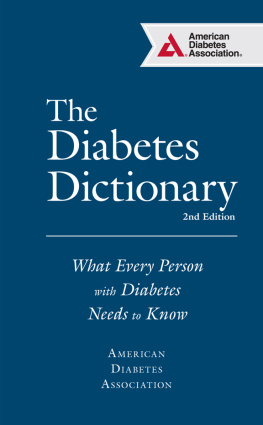

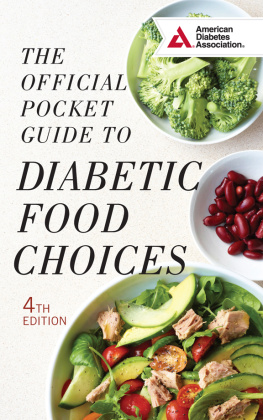

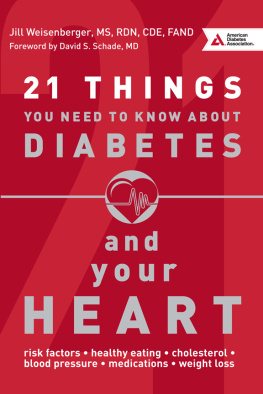
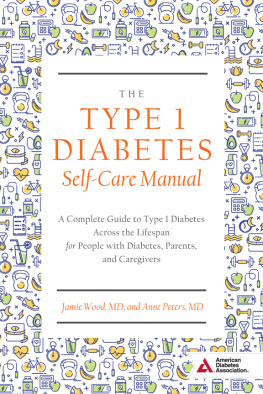
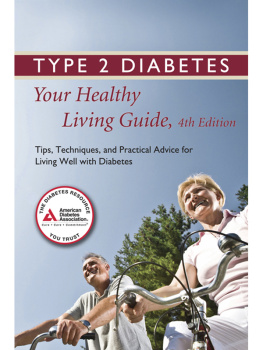


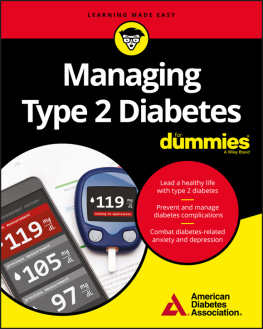

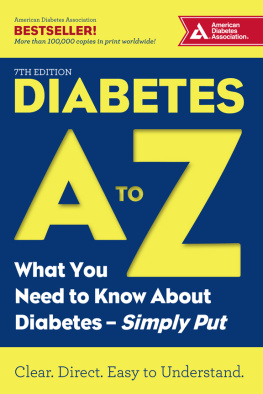


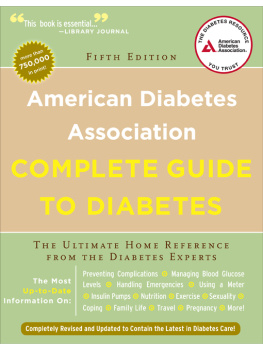

 The paper in this publication meets the requirements of the ANSI Standard Z39.48-1992 (permanence of paper).
The paper in this publication meets the requirements of the ANSI Standard Z39.48-1992 (permanence of paper).